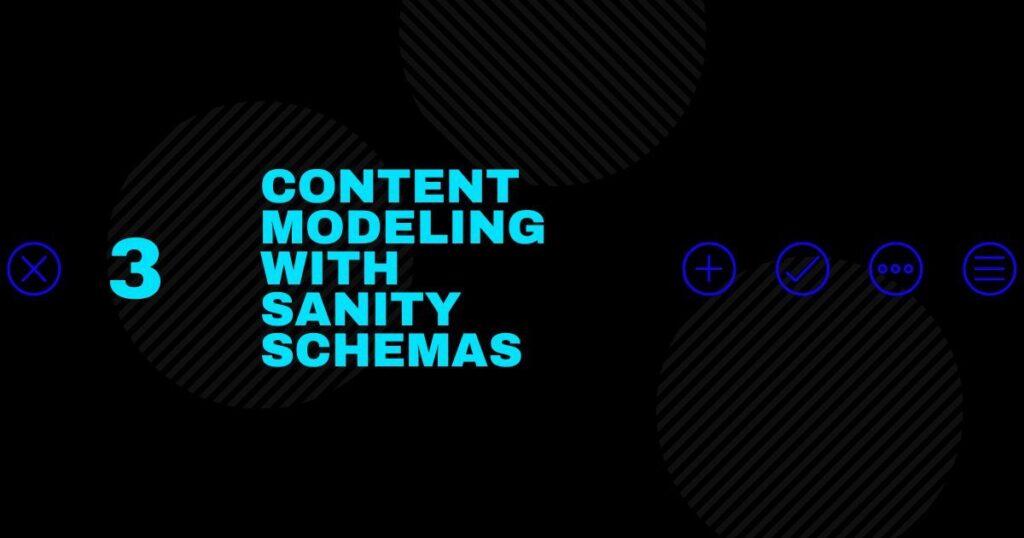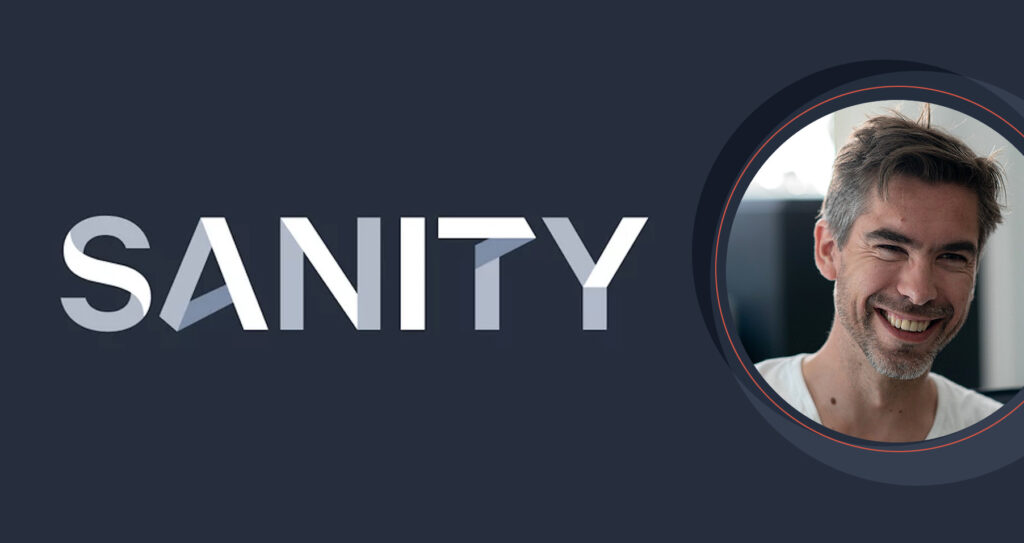In today’s fast-paced software development landscape, ensuring applications’ quality and stability is paramount. One way to achieve this is through Sanity cms development, a crucial aspect of the testing process that focuses on quick and targeted checks to ensure basic functionality. Hiring Sanity development services can significantly benefit organizations looking to deliver high-quality software while reducing time-to-market.
In this article, we will explore the concept of Sanity development, discuss its benefits, provide insights on finding the right service provider, address cost considerations, present case studies, highlight common challenges, discuss best practices, and look into future trends.
Table of Contents
- Understanding Sanity Development
- Benefits of Hiring Sanity Development Services
- How to Find the Right Service Provider
- Cost Considerations for Sanity Development Services
- Common Challenges
- Best Practices
- Future Trends
- Maximize the value
- FAQs
- How does Sanity development differ from other types of software testing?
- Can Sanity development replace other forms of testing?
- Is Sanity development only applicable to specific types of software projects?
- How long does Sanity development typically take?
- What role does automation play in Sanity development?
Understanding Sanity Development
Sanity development involves performing quick and essential tests to verify whether the software meets the requirements of functionality. It ensures that critical features work as expected before more extensive testing. By focusing on essential checks, Sanity development helps identify major issues early on, allowing for timely fixes and reducing the risk of critical failures in production.
To implement Sanity development effectively, it’s crucial to understand the key components involved. These include establishing a baseline of expected functionality, prioritizing critical test cases, leveraging automated testing tools, and collaborating with the development team to address any identified issues promptly.

Benefits of Hiring Sanity Development Services
When organizations opt for Sanity development services, they gain several significant benefits:
Enhanced quality assurance
Sanity development adds an extra layer of testing, ensuring that core functionality is intact. This leads to improved software quality and increased end-user satisfaction.
Time and cost savings
By quickly identifying critical issues early in the development cycle, Sanity cms development reduces the time and effort spent on fixing major bugs in later stages. This translates into cost savings and shorter time-to-market.
Expertise and specialized skill sets
Professional Sanity development service providers possess the expertise and specialized skill sets to perform targeted tests efficiently. They have in-depth knowledge of the latest testing methodologies, tools, and best practices.
Scalability and flexibility
Outsourcing Sanity allows organizations to scale their testing efforts according to project needs. Service providers can quickly adapt and allocate resources as required, ensuring optimal testing coverage.
Streamlined development process
Sanity acts as a gatekeeper for quality, preventing significant issues from progressing in the software development lifecycle. This results in a smoother and more efficient development process.
How to Find the Right Service Provider
Finding the right Sanity cms development service provider is crucial for successful software testing. Here are some steps to follow:
Define your requirements
Clearly define your testing requirements and objectives, including the project’s scope, timelines, and expected outcomes.
Research potential service providers
Conduct thorough research to identify reputable Sanity cms development service providers. Seek recommendations, read online reviews, and explore industry forums.
Evaluate their experience and expertise
Assess the service providers’ experience and expertise in Sanity development. Look for evidence of successful projects and their knowledge of the latest testing techniques.
Check client testimonials and case studies
Review client testimonials and case studies to gain insights into the service providers’ track records. Determine if their past projects align with your industry and specific requirements.
Request a proposal and pricing details
Contact shortlisted service providers and request detailed proposals, including pricing structures and service-level agreements. Compare these offerings to make an informed decision.
Conduct interviews or demos
Conduct interviews or request demos to evaluate the service providers’ communication skills, technical capabilities, and cultural fit with your organization.
Cost Considerations for Sanity Development Services
The cost of Sanity development services can vary depending on multiple factors. These include the project’s complexity, the level of expertise required, the size of the development team, the testing environment, and the chosen pricing model. It’s essential to strike a balance between cost and quality.
Common Challenges
While Sanity development offers significant benefits, it also comes with its own set of challenges. Some common challenges include:
1. Identifying and addressing critical areas: Determining which areas of the software need to be tested as part of Sanity development can be challenging. It requires a clear understanding of the application’s critical functionalities.
2. Ensuring comprehensive test coverage: Due to the limited scope of Sanity development, there’s a risk of missing critical issues that arise from untested functionalities. It’s crucial to balance targeted checks and comprehensive test coverage.
3. Dealing with complex integrations: Sanity cms development becomes more difficult in projects involving multiple integrations. Testing these integrations and ensuring their compatibility adds an extra layer of challenge.
4. Managing data and environment dependencies: Sanity cms development relies on specific data sets and environments. Managing these dependencies effectively can be challenging, especially with large-scale applications.
Best Practices
To optimize Sanity development efforts, consider the following best practices:
1. Establish a clear scope and test strategy: Define the scope of Sanity development clearly, including the key functionalities and test cases to be covered. Develop a well-defined test strategy that aligns with the project goals.
2. Automate repetitive tasks: Leverage test automation tools to automate repetitive Sanity tests. This saves time and improves efficiency, allowing testers to focus on more complex scenarios.
3. Adopt a collaborative testing approach: Foster collaboration between the development and testing teams. Regular communication and sharing of information help identify and resolve issues promptly.
4. Implement continuous integration and delivery: Incorporate continuous integration and delivery practices to streamline the Sanity cms development process. This enables regular testing and quick feedback loops.
5. Monitor and report: Implement monitoring tools to track the results of Sanity tests. Generate comprehensive reports highlighting the issues found and their resolutions.
Future Trends
The field of Sanity development is evolving rapidly. Here are some future trends to watch out for:
1. Artificial intelligence and machine learning in Sanity testing: AI and machine learning techniques will play a more significant role in automating Sanity testing and identifying critical areas for validation.
2. Test automation advancements: Test automation frameworks and tools will continue to advance, allowing for more efficient and effective Sanity cms development.
3. Cloud-based testing environments: Cloud-based testing environments offer scalability, flexibility, and cost savings. They will become more prevalent in Sanity development.
4. DevOps integration: Integrating Sanity cms development with DevOps practices will further streamline the testing process, enabling faster and more reliable software delivery.
5. Agile methodologies: Agile methodologies, such as Scrum and Kanban, will continue to shape Sanity practices, emphasizing collaboration, quick feedback, and iterative improvement.
Maximize the value
Hiring Sanity development services can significantly benefit organizations by ensuring the quality and stability of their software products. It enhances quality assurance, saves time and costs, provides expertise and specialized skill sets, offers scalability and flexibility, and streamlines development. By following best practices, addressing common challenges, and staying abreast of future trends, organizations can maximize the value of Sanity cms development and deliver exceptional software solutions.

FAQs
How does Sanity development differ from other types of software testing?
Sanity development focuses on quick checks of basic functionality, while other types of testing, such as regression testing or performance testing, have broader coverage and more comprehensive goals.
Can Sanity development replace other forms of testing?
No, Sanity development is not a replacement for other forms of testing. It serves as an initial gatekeeper to ensure basic functionality, while other types of testing are necessary to validate different aspects of the software.
Is Sanity development only applicable to specific types of software projects?
No, Sanity development applies to various software projects, regardless of size or complexity. It helps identify critical issues early, irrespective of the project’s nature.
How long does Sanity development typically take?
The duration of Sanity cms development depends on the complexity of the software and the number of critical tests to be performed. It can range from a few hours to a few days but is generally a quick and targeted process.
What role does automation play in Sanity development?
Automation plays a crucial role in Sanity cms development by enabling the execution of repetitive and essential tests efficiently. Automated test scripts can quickly verify basic functionality, saving time and effort for testers. Automation also allows for regular and consistent Sanity checks, ensuring that critical areas are continuously validated.

